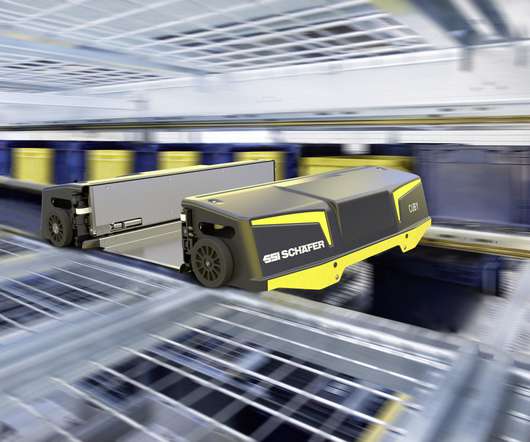Leveraging the power of ERP to optimize inventory management
SYSPRO Smarter ERP
AUGUST 17, 2022
On the supply side, constraints such as large manufacturing batch sizes and supplier delivery lead time force organizations to hold some raw materials or components in stock to deliver products to customers.

















Let's personalize your content